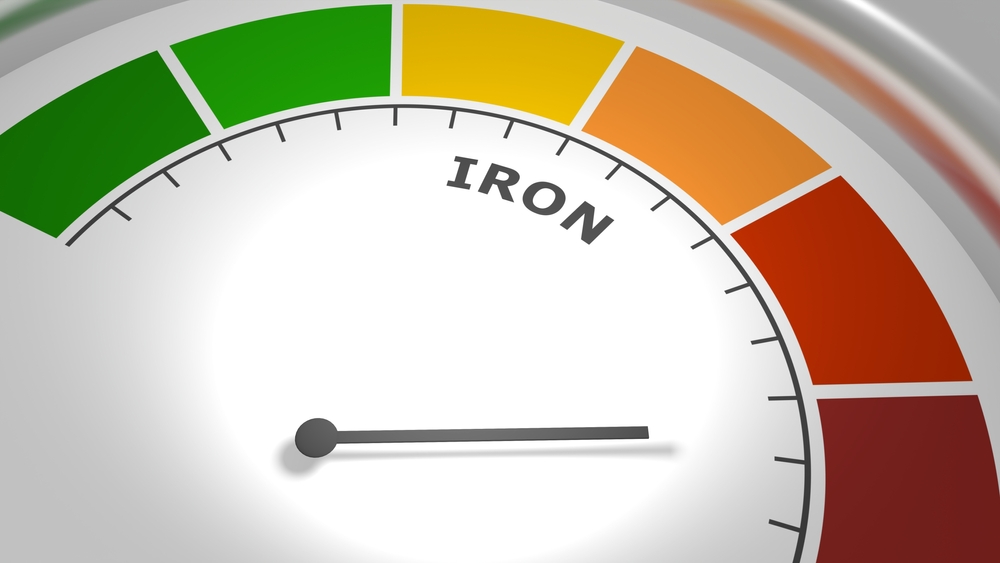Risks of Too Much Iron: Why Iron Levels Have Strict Limits
Posted by Pharmics on 13th Sep 2022
While many people are aware of some of the problems that can arise if your body is too low in iron content, it's important to realize that there's a flip side to this conversation as well. It's true -- while it's certainly easier for many people to find themselves with iron levels that are too low than too high, the latter can absolutely still happen, and should be avoided.
At Pharmics Inc., we're proud to offer the best iron supplements and iron pills you'll find on the market, and these offer a major benefit to anyone looking to avoid dangerously high iron levels: They're extremely clear in terms of iron content and levels for each individual supplement, meaning you know exactly how much iron you're getting and can easily regulate your iron levels to within the proper ranges on both ends of the spectrum. What are some of the risks associated with iron levels that are too high, and how do supplements help you avoid these? This two-part blog series will go over several basics to understand.

Basics and Types of Iron
As a baseline here, let's go over what iron is and its most common types. Within the body, iron is a vital mineral that's responsible for a number of critical functions. It helps with the production of hemoglobin and myoglobin, which are important molecules that transport oxygen within the blood. Iron is also integral in helping your body make energy, as well as aiding in cell growth, proper immune system function, and more.
There are two major types of iron found in dietary sources:
- Heme iron: This is found in animal products like red meat, poultry, and fish. Heme iron is particularly easy for the body to absorb.
- Non-heme iron: This is found in plant foods like broccoli, lentils, beans, tofu, and more. Non-heme iron isn't absorbed by the body as easily as heme iron, but it still provides many of the same benefits.
Why Your Iron Levels Have Strict Limits
Getting the right amounts of iron is important for several reasons, as we alluded to earlier. Too little iron can cause a condition called iron deficiency anemia, which can lead to fatigue, pale skin, shortness of breath, and more. On the other hand, having too much iron in your system can be just as dangerous -- if not more so.
Much of this gets back to hepcidin, the body's natural hormone that balances iron levels. When iron stores are low, hepcidin decreases, which leads to more iron being absorbed into the bloodstream. When iron stores are already high, however, hepcidin actually increases, trapping excess iron in storage and preventing it from being used.
This is why conditions like hemochromatosis can develop -- when there's too much iron in the body, it can build up and lead to organ damage. This is why supplements that offer clear, concise information on their iron content are so important -- they help you more easily regulate your intake and avoid any potential risks.
In our next blog post, we'll go over some of the most common types of overly high iron levels, plus what you can do to avoid them. For more on this, or to learn about any of our iron supplements or other related products, speak to our team at Pharmics Inc. today.
Check with your physician before taking an iron supplement or giving an iron supplement to an infant or any child.
*WARNING: Accidental overdose of iron containing products is a leading cause of fatal poisoning in children under 6. Keep iron containing products out of the reach of children. In case of accidental overdose, call a doctor or poison control center immediately.
Statements on this page have not been evaluated by the Food and Drug Administration. These products are not intended to diagnose, treat, cure or prevent any disease.

